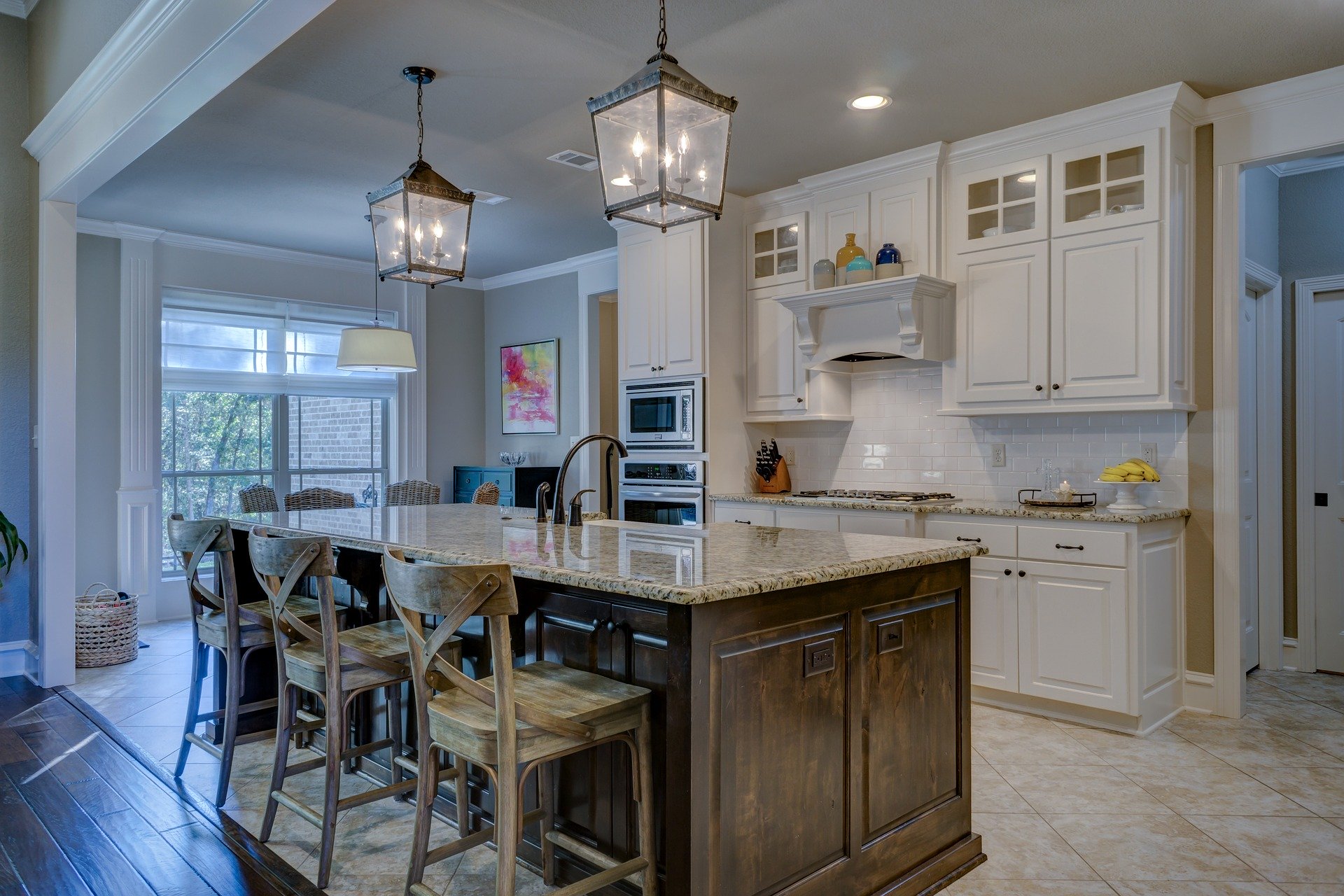Two years ago the 30-year fixed mortgage rate was 4.6%. Today it is 2.9%. If your mortgage is in the high threes, you should consider refinancing.
Refinancing would lower your monthly payment, freeing up cash for other uses. If you have high interest debt, you could pay it off with a cash out refinance.
A refinance could change your payment schedule to pay off the mortgage earlier. Or a refinance may eliminate the need for private mortgage insurance (PMI) payments.
But refinancing is not all wine and roses. Read on…
Lower monthly payment
The average size of new mortgage applications is more than $350,000. Refinancing a 30-year $350,000 mortgage from a 4.6% rate to a 2.9% rate would lower the monthly payment by $337.
That saves over $4000 per year.
Two years ago, the difference between the 30-year mortgage rate and a 5-year adjustable rate was 0.7%. The difference today is only 0.2%.
If you have an adjustable rate mortgage and you plan to stay in your house past the 5-year fixed rate period, locking in historically low rates may be the right move.
Consolidate debt
Carrying a balance on your credit cards? Use a cash out refinance to provide funds to pay off credit cards or other high interest debt.
Borrowing against your home equity at 3% to pay off credit card debt at 20% is a good trade.
Be debt-free sooner
If your goal is to pay off your mortgage, you could refinance a 30-year mortgage with a lower rate 30-year mortgage but keep paying the same amount. Or you could refinance a 30-year mortgage with a 15-year mortgage.
Lowering the interest rate from 4.6% to 2.9% lowers the monthly payment from $1,794 to $1,457 on a $350,000 mortgage.
If you refinanced but continued paying $1794, the additional $337 would go toward the principal. The $1794 payment would pay off the mortgage in 22 years — eight years early.
The higher payment is optional, of course. If you had a tight month now and then you would only be required to make the $1457 payment, not the higher voluntary amount.
Refinancing to a 15-year mortgage would reduce the rate to 2.5%. The payment for the 15-year refinance would rise to $2,334.
That is a $540 per month higher payment than the old 30-year mortgage but you would pay off the mortgage 15 years sooner.
Eliminate PMI
Most lenders require private mortgage insurance (PMI) if the down payment was less than 20% of the home’s value. PMI can cost up to 1% of the loan amount annually.
If the home appreciated since purchase, the mortgage debt may now be less than 80% of the home value. If so, the refinanced mortgage would not require PMI.
Eliminating PMI would save this mortgage holder up to $3500 each year in addition to the payment savings.
So what could go wrong?
To paraphrase a tweet I saw last week, the best retirement plan for a baby boomer is to buy a house in 1978 for $50,000.
The point was that home equity is a significant part of the owner’s net worth. Don’t squander it.
The average home price in 1978 was $59,000. Today it is $370,000. For most homeowners, their houses are their largest investments.
A cash out refinance for an addition or remodel, for example, is an investment. It should increase the value of your home. A cash out for non-investment purposes, an extravagant vacation perhaps, lowers your net worth.
Most retirees would prefer a paid off house over an impressive Instagram profile. So spend that refinancing windfall wisely.


